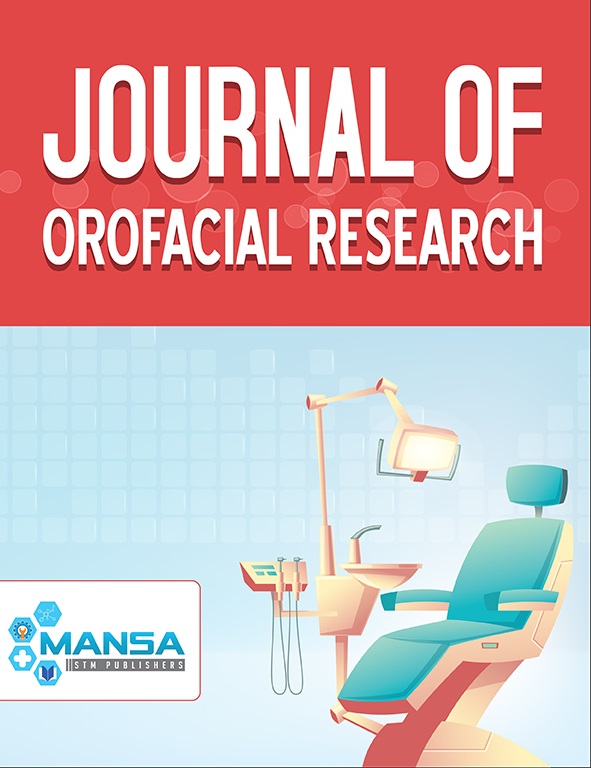Relationship between Dental Maturity and Cervical Vertebral Maturity in North Karnataka (India) Children: A Hospital-based Retrospective Study
Keywords:
Cervical vertebral maturity, Dental maturity, Growth prediction, Orthodontics.Abstract
Aims: The aim of the study was to investigate the relationship between stages of calcification of teeth and the cervical vertebral maturity stages in North Karnataka population.
Materials and methods: Digital panaromic radiographs and lateral skull cephalograms of 50 patients (26 girls and 24 boys from 7 to 16 years of age) were examined. Dental maturity was assessed by calcification stages of the mandibular canines, first and second premolars, and second molars, whereas skeletal maturity was estimated by the cervical vertebral maturation (CVM) stages. Statistical analysis used: The Spearman rank-order correlation coefficient was used to measure the association between CVM stage and dental calcification stage of individual teeth. Results: The mean chronologic age of girls was significantly lower than that of boys in each CVM stage. The Spearman rank-order correlation coefficients between dental maturity and cervical vertebral maturity ranged from 0.403 to 0.531 for girls and from 0.461 to 0.512 for boys. In girls, the mandibular second molar had the highest and the canine the lowest correlation. In boys, the mandibular second premolar had the highest and canine the lowest correlation. Conclusion: Tooth calcification stage was significantly
correlated with CVM stage. The development of the mandibular second molar in females and that of the mandibular second premolar in males had the strongest correlations with CVM. Clinical significance: It is practical to consider the relationship between dental and skeletal maturity when planning orthodontic treatment.

